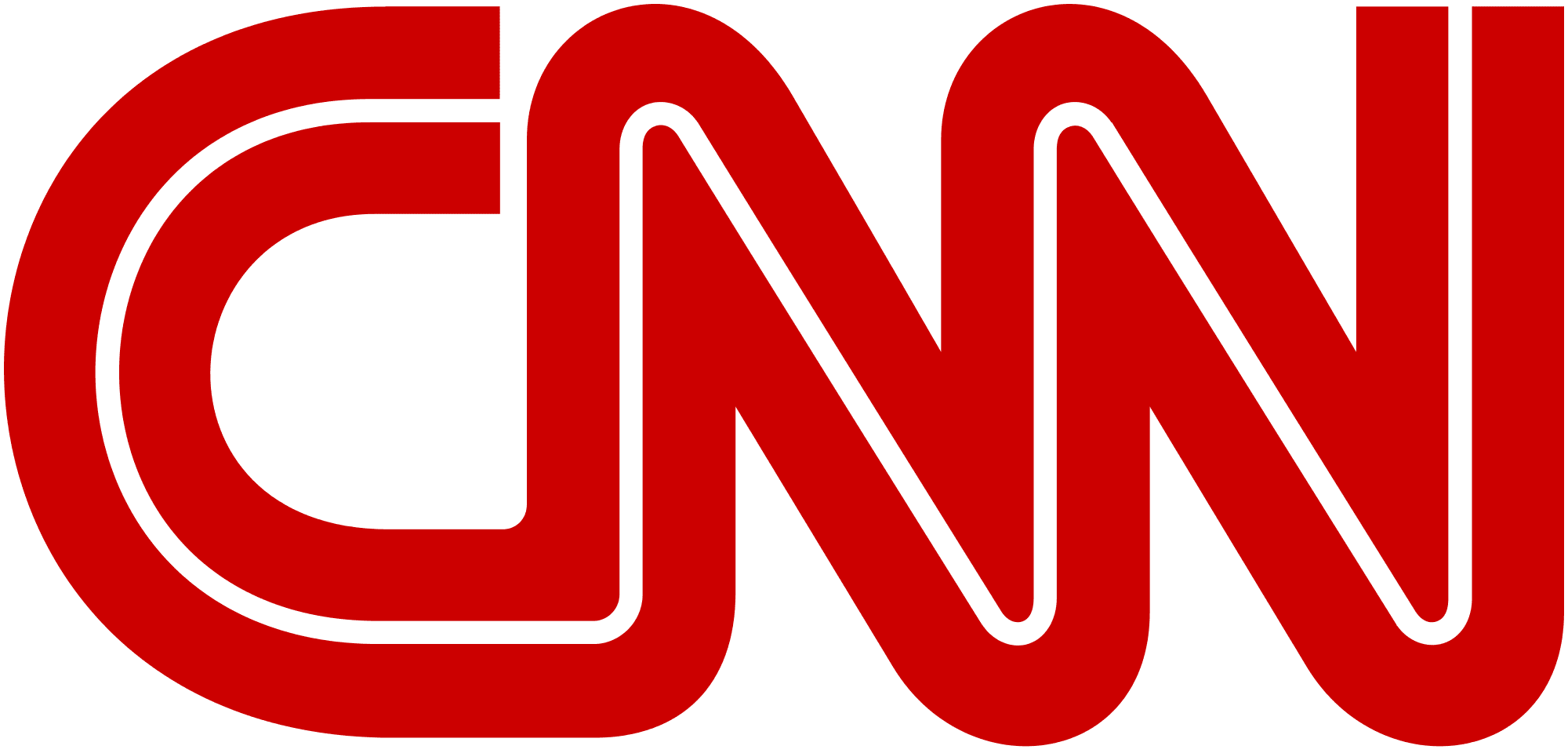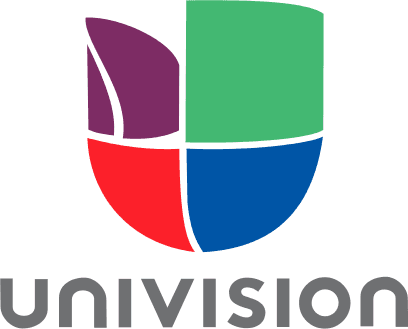Neuromodulatation Therapy: A High-Tech Solution for Symptom Reduction
Back in 2014, the Drake Institute integrated our newest cutting edge technology, neurostimulation, into our treatment systems to further advance our clinical care programs. This new technology had such a positive impact on the results of many of our patients’ treatments that we’ve now fully integrated it into our treatment protocols for 2018, enabling our patients to receive much needed therapeutic relief from their symptoms faster than ever before.
What is Neurostimulation?
Neurostimulation provides therapeutic neuromodulation of dysregulated brain functioning (abnormal brain wave patterns) linked to symptoms, helping to enhance and accelerate therapeutic improvement from neurofeedback. Neurostimulation is helping the brain achieve more normalizing functioning more rapidly to reduce symptoms. It is not only safe but highly clinically effective. This process is so powerful that neuromodulation technology is now used around the globe in many world-renowned medical centers such as Harvard University School of Medicine, Mayo Clinic, and UCLA School of Medicine, just to name a few.
Benefits of Neuromodulation Treatment
Our instrumentation is non-invasive. We use NeuroField technology for neurostimulation that utilizes a very low intensity pulsed electromagnetic field generator (pEMF), transcranial Direct Current Stimulation (tDCS), and transcranial Alternating Current Stimulation (tACS). We feel that the NeuroField instrumentation is the most advanced in the world in integrating neurostimulation with neurofeedback to optimize patient improvement.
We have found much faster improvement in symptom reduction and more normalization of post-treatment brain maps by adding these neuromodulation devices to our traditional treatment processes, allowing patients from ages 4 to 103 years old to achieve better and quicker treatment outcomes.
A dysregulated brain, as seen in many disorders such as those listed below, not only produces debilitating symptoms but limits the capacity of the individual to meet the demands of everyday life. Our goal at the Drake Institute is to help patients improve or optimize brain functioning, thus giving relief to symptoms and improving one's ability to meet everyday demands.
Often the brain needs additional help to be able to regulate itself better and function in a healthier, more balanced state. Our neurostimulation treatment shows the brain how to regulate better so the brain can learn to do it on its own with reinforcement from neurofeedback.
What is Neuromodulation Therapy?
The neuromodulation can stimulate a brainwave pattern that the dysregulated brain is deficient in. The dysregulated brain is being guided in what to do so the brain can then mimic or emulate the stimulation to regulate healthier brainwave patterns.
Because the stimulation is so mild, the brain can copy it. The healthier brain wave patterns are then reinforced and self-generated with neurofeedback treatment/training. The process can also increase blood flow in damaged areas and reduce inflammation.
In sum it is a two-step process of the combination of neurostimulation and neurofeedback: neurostimulation to generate the initial, more normalized brainwave activity, and then reinforced with neurofeedback by training the brain to generate these healthier patterns on their own for improved functioning and self-regulation.
An analogy to neurostimulation would be learning how to hit a forehand stroke in tennis. Imagine that your tennis instructor holds your wrist and moves your arm through the correct motion as you hit the tennis ball. Every time you now hit the tennis ball with the correct motion, controlled or guided by your instructor with hands-on, your brain and body are learning the motion. After several hundred repetitions, you can then replicate the tennis swing automatically on your own as it has been wired into your nervous system and body.
Neurostimulation has a similar effect by creating new neural pathways that are more optimal for healthy functioning and symptom reduction.
How Does Neurostimulation Work?
The neurostimulation is guided by a brain map. First, the qEEG brain map is performed to identify brainwave patterns which are dysregulated that are linked to symptoms. For example, the brain could be overstimulated which is seen in anxiety disorders, insomnia, Tourette’s Disorder, OCD, and Autism spectrum disorders or could be understimulated as is commonly seen in ADHD. The brain is literally “stuck” in abnormal patterns that sustain the symptoms and discomfort. The mild neurostimulation from the NeuroField therapy can assist the brain in getting unstuck from those abnormal patterns, and thus priming it for retraining more easily with neurofeedback into stable, healthier patterns.
An additional benefit of the neurostimulation is its enhancement of neuroplasticity (the brain's ability to reorganize and form more functional healthier connections).
Sometimes the qEEG brain map shows such severe abnormalities of dysregulation and imbalances that it can be very difficult for the patient to generate a normal brainwave pattern on its own. Therefore, if you can’t produce the healthier, more functional brainwave pattern in the first place, then it is not present or available to reinforce with neurofeedback!
In these cases with the most severe abnormalities and symptoms, neurostimulation becomes even more important and essential. The neurostimulation can bypass this problem by mildly stimulating brain functioning into a healthier balance, which then gets reinforced by neurofeedback to further stabilize the improvements.
Benefits of Neuromodulation & Neurostimulation
Neurostimulation and neurofeedback not only can train the brain to more normalized,functional patterns, but also can also improve the connectivity of the brain whereby different networks or regions work together better in synchrony which improves the speed and efficiency of information processing.
Treatment protocols are modified from a repeat qEEG brainmap, typically midway through treatment, as symptoms improve.
All of our treatment protocols are derived from the already existing, vast scientific research literature. Over the last several decades there have been many clinical studies in pEMF therapy (electromagnetic therapy) published in scientific research that report the positive clinical improvements.
Transcranial direct current stimulation (tDCS) was first used to facilitate neuroplasticity and recovery from brain injuries, including strokes. Research has shown tDCS to improve ADHD, Autism, Parkinson’s Disease, concentration, working memory, mathematical and language learning skills.
With traumatic brain injury and post-concussive syndrome, there can be neurophysical injury resulting in long-lasting deficits throughout a patient's life unless brain functioning can be improved. We have found the neurostimulation treatment to be essential and life improving in these patients.
The Drake Institute has successfully treated patients for the following disorders who improved from neurostimualtion, usually in conjunction with neurofeedback:
- ADHD (Attention-Deficit/Hyperactivity Disorder)
- Autism Spectrum Disorders
- Tourette Syndrome
- Obsessive-Compulsive Disorder (OCD)
- Insomnia
- Anxiety
- Panic Disorder
- Depression
- Migraine Headaches
- Chronic Fatigue Syndrome
- Traumatic Brain Injury (Post Concussive Syndrome)
- Stroke
- Back pain
- Parkinson’s Disease
- Multiple Sclerosis
Contact the Drake Institute Today
If you or someone you know is suffering from one of the above disorders, please don’t hesitate to contact the Drake Institute at 800-700-4233 to schedule a no-cost screening and consultation.
The Drake Institute has over 30 years of experience helping patients achieve dramatic symptom reduction, and all of our treatment programs are non-drug, non-invasive, and can provide long-term life improvements.




